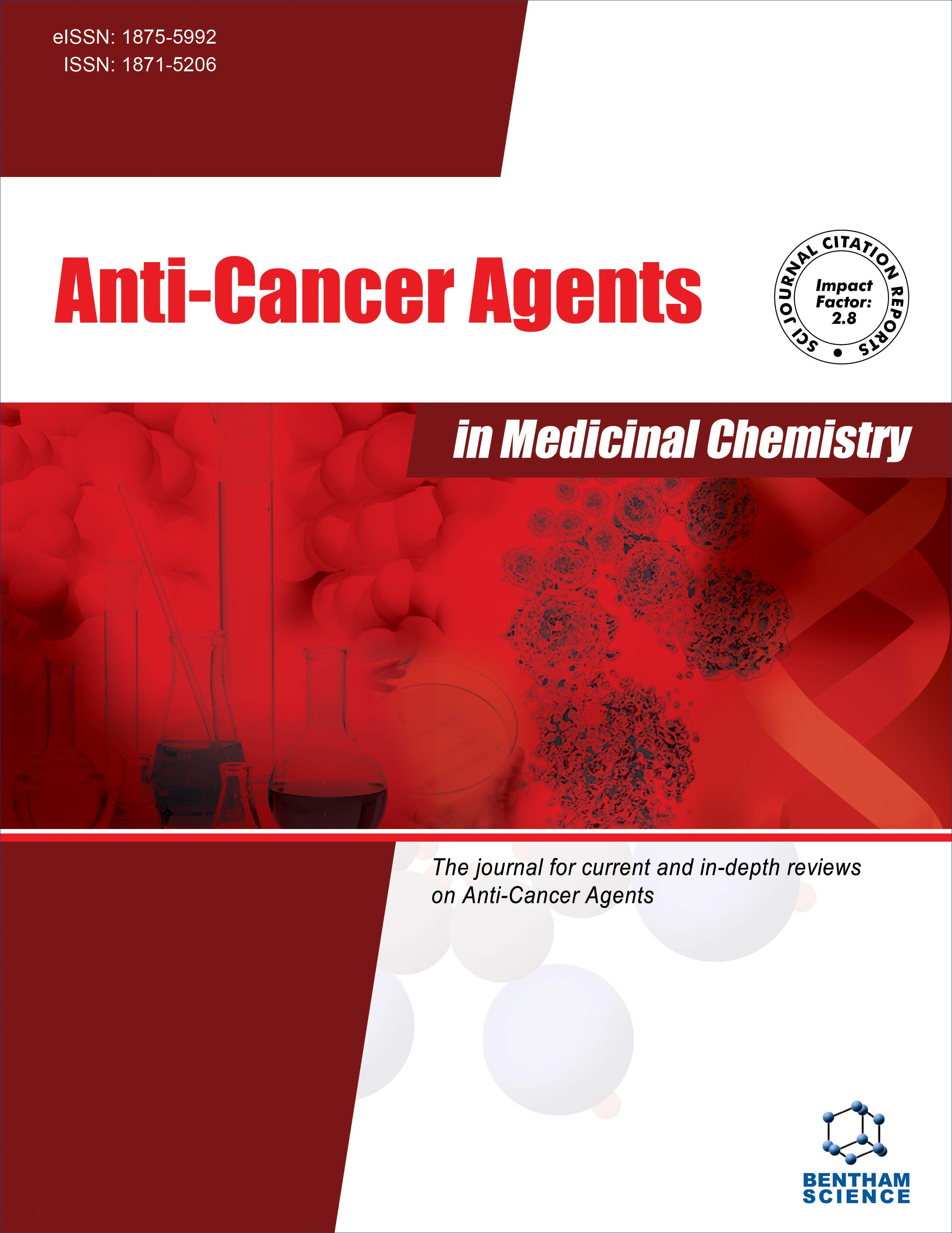
Full text loading...

Cancer is a complex multifactorial disease charcterized by the progression of genetic and epigenetic changes in human cells. Plant-based derivatives with antioxidant and anticancer properties have been of great interest in treating several human ailments.
This study investigates the in-vitro antioxidative, cytotoxic, and apoptotic activities of different Fagonia cretica L. (F. cretica) leaf extracts.
In-vitro DPPH, nitric oxide, superoxide anion, and hydrogen peroxide assays were used to evaluate the antioxidative potential of ethanolic extract of F. cretica (EFC) and hexane extract of F. cretica (HFC). The antiproliferative potential was determined using MTT, crystal violet, and annexin V/PI staining protocols on liver cancer (HepG2) and noncancerous (HEK-293) cell lines. Through in silico analysis, bioactive drug-like phytocompounds identified by GC-MS were evaluated.
Higher concentrations of total flavonoid contents (TFCs), total phenolic contents (TPCs), and tannins with strong antioxidant potential were observed in EFC extract as compared to HFC extract. Furthermore, the EFC extract proved to be more cytotoxic with a selective index (SI) of 12.92 than HFC (SI; 5.46) towards experimental cell lines. Moreover, EFC extract showed 82.31% apoptotic induction on HepG2 cells compared to hexane extract and cisplatin (standard drug). From the GC-MS analysis of F. cretica, 32 bioactive compounds were identified from the EFC extract and 21 from the HFC extract. In silico study revealed that 5-(4,5-Dihydro-3H-pyrrol-2-ylmethylene)-4,4-dimethylpyrrolidine-2-thione showed the highest docking score of -8.9 kcal/mol and -8.6 kcal/mol against TNF-α and TGF-β, respectively.
In conclusion, EFC extract and its bioactive compounds have a scientifically proven role in liver cancer management, but further research is required to validate their therapeutics through clinical trials.

Article metrics loading...

Full text loading...
References


Data & Media loading...
Supplements